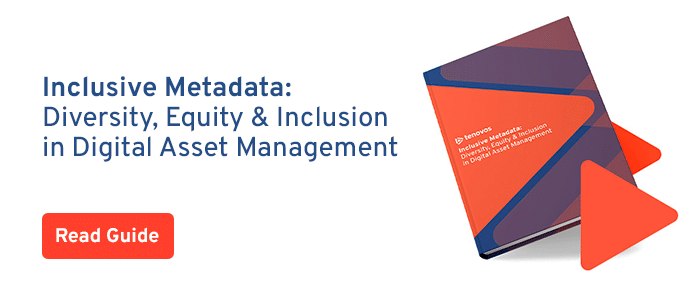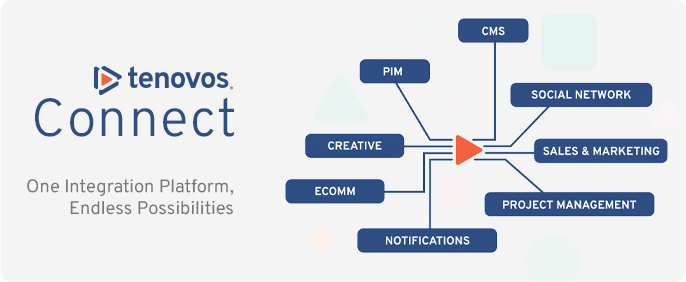Why digital asset management?
Productivity battles are won or lost before you implement or alter the DAM. You’ll have to understand the unique essence of the business you’re applying the scaffold to, and the best route there is to repeatedly ask everyone why they think the DAM exists.
Why digital asset management? Ask around, and you may get a wide variety of answers—often, specific to people’s roles and levels of seniority. The more senior someone is, the longer the time horizon they tend to think on.
Examples of a DAM “why”
DAMs exist to:
-
Reduce friction and increase harmony between the creative and performance teams
-
Act as a compliance tool for governing potentially non-compliant assets
-
Help the partner team increase sales
-
Increase content use and reuse
At the individual user level, most people are thinking about having assets and tasks at their fingertips. At the manager or director level, they’re thinking of better workflows that require less direct involvement. VPs or CMOs are thinking about their return on the system, and its raw, organization-wide output. Ask each one of those individuals what they’re hoping to achieve and you’ll hear a lot of different DAM “whys”—especially across departments. But if your DAM is going to help everyone collectively, you’ll need to gather all their stories to figure out what unites them.
In user research, these are known as “user stories.”
Conduct interviews as early as possible and ask people some variation of these six questions:
- What would you like to do more of?
- What would you like to do less of?
- What do you use the DAM (or current storage solution) for?
- What don’t you like about it?
- What do you like about it?
- How do you explain its purpose to others?
If you hear an intriguing or vague answer, dig in. Ask follow-up questions. You can do what journalists do and simply repeat their last statement back to them as a question, which will prompt them to unpack it. For example, “That’s why we started looking at failed search terms to improve content.” Response: “You looked at failed search terms?”
From those recordings, begin writing a list of what are known as “user stories”: short, 1-3 sentence stories of people interacting with the DAM, their motivation for doing so, and importantly, the value they derived. From a collection of user stories, you can tease out themes—recurring situations, pains, or gains—and eventually, one theme that feels like it encompasses almost all the others. That’s your hypothetical DAM “why.”
Examples of DAM user stories
Brand manager
Sometimes, if I have time, I go there to ensure the latest assets are uploaded and tagged, and to deactivate old or outdated creative. I have a really hard time figuring out where a particular asset is used within other assets, like an end-of-life sub-brand logo.
Performance marketer
Sometimes I browse past creative for inspiration. I use it to store ads in “cohort” folders, so, “Spring 2022 Geo shots.” I rarely return to them.
Paralegal
I go there to do a quarterly sweep for copyrighted photos, or photos with permissions that have expired. It’s a lot of work. I usually devote two working days.
Now here’s the real test. You’ll only know you’ve isolated your DAM’s “why” when you can show it to the people you’ve interviewed, and for most of them to say, “Yes, that’s it.” You won’t get everyone’s complete agreement—they’re all thinking on different time horizons and with different motives—but an accurate “why” should earn broad consensus, and ultimately tie back to each of those departments’ mandates.
When you get to a generally agreeable “why digital asset management,” that’s your DAM’s mission. It may not entirely gel with your assumptions, but if it doesn’t, that’s actually a good sign. By interviewing and researching, you’ve uncovered the truth, rather than impose a pre-existing pet theory. That means you can likely trust it.
Once you have your DAM’s “why,” write it down for all to see. It’s a rubric you can use when making decisions about what to change or implement. It’ll guide you to greater value, and if a request doesn’t clearly map to your “why,” it may not be productive.



